
Remaking a beloved game is always a tricky proposition, and there aren’t a lot of remakes that exemplify that better than Metal Gear Solid: The Twin Snakes– because when the game you’re going back to is as fiercely beloved and legendary in its status as the original Metal Gear Solid, the risk of failure becomes that much starker. Even when a remake is trying its damndest to stick to the script and recreate its source material as faithfully as it can, the smallest of changes can set fans off in ways the developers couldn’t have anticipated – criticism for the visual aspects of recent remakes like Shadow of the Colossus and Demon’s Souls is a perfect example of that – so you can imagine how significantly that gets compounded when a remake is actually taking risks and doing things differently than what the original did.
Metal Gear Solid: The Twin Snakes fell in the latter category, and though it’d be unfair to call it a bad game, it’s fair to say that it doesn’t have the best reputation, especially among the hardcore Metal Gear fanatics. Though liked well enough by critics upon its release, the GameCube title, which launched six years on from the original Metal Gear Solid’s launch, has by now become cemented as one of the most commonly known examples of a remake that fails to do justice to its excellent source material.
But what exactly is it about The Twin Snakes that draws the ire of so many Metal Gear Solid fans? It’s a game that’s not without merits, and on paper, the idea of being able to play Metal Gear Solid with improved visuals, redone cutscenes, and enhanced gameplay sounds like an excellent one- so how is it that The Twin Snakes can check all of those boxes and still fail to live up to the immense legacy of the original game, much less surpass it? Well, it’s simple really- a lot of those checkmarks come with caveats, and some pretty significant ones at that.
Take the gameplay improvements, for instance. Launching six years after the original PS1 game and three years after Metal Gear Solid 2, The Twin Snakes decided to enhance the MGS1 gameplay experience by adding in features and mechanics from Sons of Liberty in an effort to bring both games to an equal footing. Given the fact that Metal Gear Solid 2 was – and still remains, incredibly enough – one of the greatest and best-playing stealth games of all time, there’s absolutely no way that they couldn’t have enhanced the MGS1 experience, right? Well, that may have been the case if that idea had been executed in much more comprehensive fashion.
The Twin Snakes boasted all of the gameplay enhancements of MGS2, from improvements made to the enemy AI to players now being able to enter first person mode, but in spite of those improvements, the level design remained completely unchanged. The balance of the experience was broken, and though it wasn’t necessarily a consistent issue plaguing every step of the experience, it was one that reared its face way too often. The difficulty was cheapened, the environments and the objectives instantly became less interesting (even to the point of feeling like busywork at times), and even some of the boss fights were ruined, with Revolver Ocelot being the most egregious and infamous examples.
That’s never good news in any game, but for a game like Metal Gear Solid, which is so well-known for its incredible boss fights and its stellar stealth gameplay, those issues were almost a death blow. Say what you will about the recent The Last of Us remake, but as disappointing as it may have been to see it not include some of Part 2’s biggest gameplay improvements, it made sense that Naughty Dog was unwilling to do that without radically changing the level design as well. If only the developers of The Twin Snakes had shared that thought process.
Those problems would have been bad enough on their own, but The Twin Snakes had issues in other areas as well, its redone cutscenes being chief among them- which, again, is an area where a Metal Gear game absolutely can’t afford to have any stumbles. Bizarrely over-the-top obviously isn’t something that MGS cutscenes have ever not been described as, but The Twin Snakes took that to even more ridiculous heights, with stylistic choices that just didn’t fit the story, or even the series as a whole. Yes, we’re more than used to seeing silliness and over-the-top stuff in Metal Gear cutscenes, but the series has never tried to position itself as an embarrassing knockoff of The Matrix, which is pretty much exactly what The Twin Snakes ended up being, thanks to obsession with Solid Snake doing backflips pretty much every chance he got (among other things).
It didn’t help that the voice acting in The Twin Snakes was also a bit of a letdown for many – which was a surprise, given the fact that most of the original game’s voice cast returned to reprise their roles – while the music, too, had its fair share of detractors. Add to that the fact that the cleaner look of the remake also made the grimier environments of Shadow Moses Island lose so much of their visual identity and atmosphere, and what you had was a game that deviated from its source material far too much.
Of course, it’s worth remembering that many of The Twin Snakes’ issues are likely to stand out this starkly to you only if you have a comprehensive familiary and deep love for the original game. For someone who doesn’t care about the original Metal Gear Solid too much, even though issues like the unbalanced gameplay and ridiculous cutscenes will be plain to see, they might not be as keenly felt as they would be for a longtime fan. And yet, even so, if someone was looking to experience the original MGS for the first time, it’d make next to no sense to recommend The Twin Snakes over the PS1 classic. In spite of all of the former’s technical improvements, the latter has a timeless quality that has persevered through the years, even now, two and a half decades on from its launch.
We are, of course, getting another Metal Gear remake not long from now, courtesy of Metal Gear Solid Delta: Snake Eater, and unlike The Twin Snakes, it looks to be taking a much more cautious and conventional approach, from little to no story changes being made to the voice over work of the original game being brought over unchanged. There’s still plenty that we don’t know about the game yet, but as things stand right now, there’s reason to be optimistic. We can only hope that Konami will be able to do a much better job of living up to MGS3’s legacy than it did with MGS1.
Note: The views expressed in this article are those of the author and do not necessarily represent the views of, and should not be attributed to, GamingBolt as an organization.









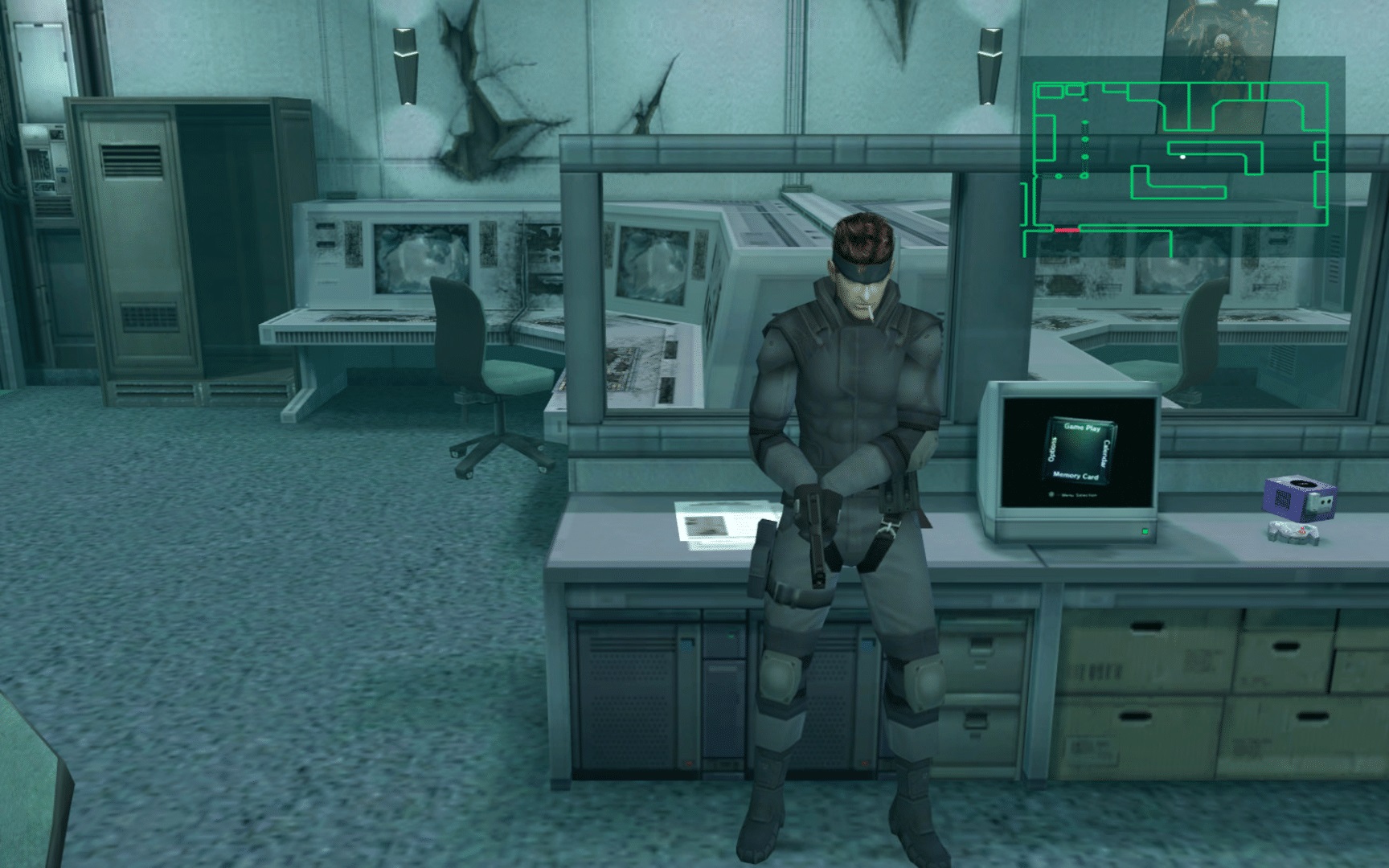


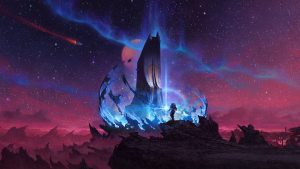
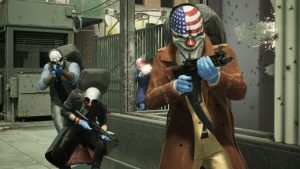
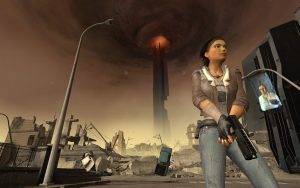
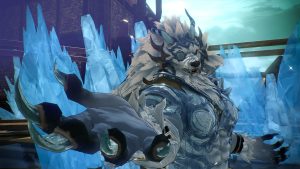
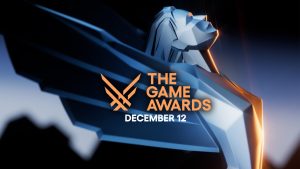
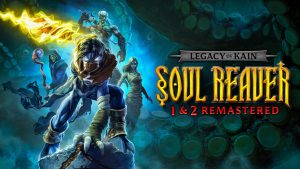
Share Your Thoughts Below (Always follow our comments policy!)